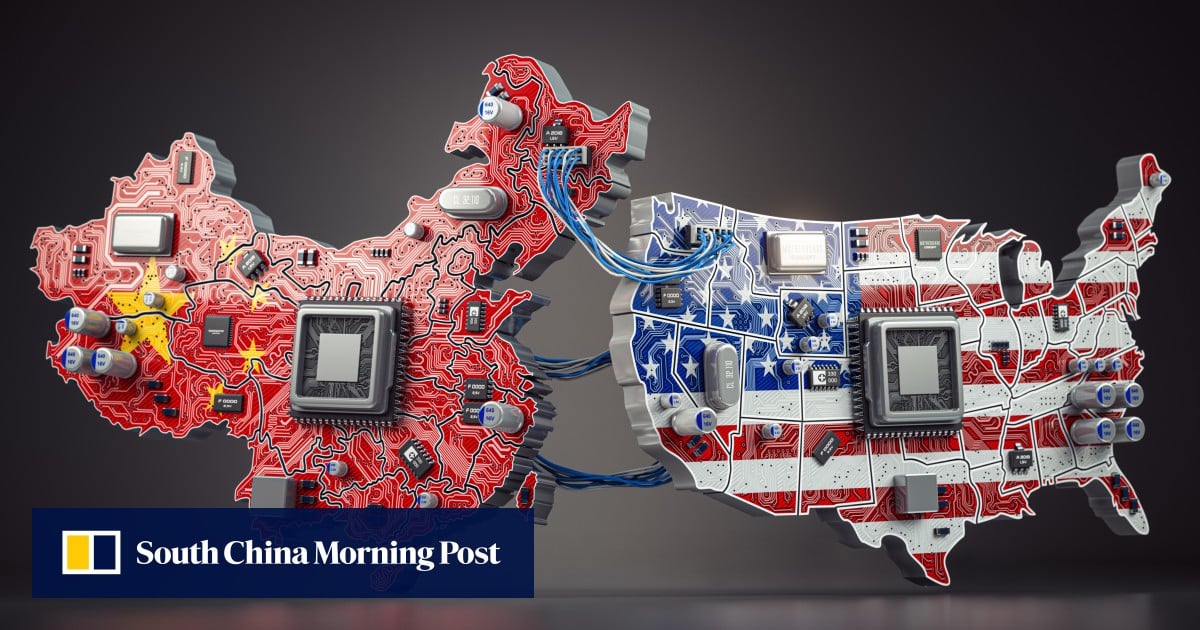China Offers Cheap Power to Tech Giants for AI Chip Development
China offers tech giants cheap electricity to boost domestic AI chip development, aiming to reduce costs and enhance self-reliance amid global competition.

China Offers Tech Giants Cheap Power to Boost Domestic AI Chips
The Chinese government is rolling out a major new incentive for its technology sector: cheap electricity for leading tech companies to accelerate the development of domestic artificial intelligence (AI) chips, according to a recent Financial Times report. The initiative targets industry giants such as Tencent, Alibaba, and Huawei, aiming to reduce their operating costs and strengthen China’s self-reliance in advanced semiconductor technology. This move comes as Beijing intensifies efforts to counter U.S. export controls and secure its position in the global AI arms race.
Background
China’s ambition to become a world leader in AI and semiconductors is well-documented, but the country has faced significant hurdles. U.S. sanctions, particularly those targeting Huawei and other Chinese tech firms, have restricted access to cutting-edge chips and manufacturing equipment. In response, China has launched a multi-pronged strategy, including massive state investment in research and development, subsidies for domestic chipmakers, and now, preferential electricity pricing for tech conglomerates.
The cheap power initiative is part of a broader package of state support designed to make it economically viable for Chinese companies to design and produce high-end AI chips locally. Energy-intensive processes such as chip fabrication and data center operations stand to benefit most from reduced electricity costs, which can account for a significant portion of total expenses in these sectors.
Key Features of the Initiative
- Targeted Beneficiaries: The policy is aimed at China’s largest technology firms, including Tencent, Alibaba, and Huawei—companies already deeply invested in AI and cloud computing infrastructure.
- Cost Reduction: By lowering electricity prices specifically for these companies, the government hopes to offset some of the financial burdens associated with domestic chip production, which is often more expensive than relying on imports.
- Strategic Timing: The announcement coincides with heightened global competition in AI and semiconductors, as well as ongoing U.S.-China trade tensions. China is seeking to reduce its dependence on foreign technology, especially from the U.S. and its allies.
- Broader Economic Goals: Beyond technological self-sufficiency, the policy supports job creation, stimulates local supply chains, and reinforces China’s “dual circulation” economic strategy, which emphasizes domestic innovation and consumption.
Industry Impact
The cheap power offer is expected to have a significant impact on China’s tech landscape:
- Competitiveness: Lower operational costs could enable Chinese firms to compete more aggressively on price, both domestically and in international markets.
- Innovation Acceleration: With reduced overhead, companies may reinvest savings into R&D, potentially speeding up breakthroughs in AI chip design and manufacturing.
- Supply Chain Resilience: By incentivizing domestic production, China aims to build a more resilient semiconductor supply chain, less vulnerable to external shocks and geopolitical pressures.
- Environmental Considerations: The policy does not explicitly address the environmental impact of increased energy consumption by data centers and chip fabs. This could become a point of contention as China pursues both technological advancement and carbon neutrality goals.
Global Context and Implications
China’s latest move underscores the geopolitical stakes of the AI and semiconductor industries. The U.S. and its allies have sought to limit China’s access to advanced chips, citing national security concerns. In response, Beijing is doubling down on policies to foster homegrown innovation and reduce reliance on foreign technology.
The initiative also reflects a broader trend of state-led industrial policy in critical technology sectors. While Western economies often rely on market forces and private investment, China’s approach combines state support with corporate ambition, creating a unique ecosystem for rapid technological advancement.
Analysts warn that while cheap electricity may provide a short-term boost, long-term success will depend on China’s ability to innovate in chip design, manufacturing processes, and software ecosystems. The country still lags behind global leaders like TSMC, Intel, and NVIDIA in cutting-edge semiconductor technology, despite significant progress in recent years.
Future Outlook
The success of China’s cheap power initiative will be closely watched by industry observers and policymakers worldwide. If effective, it could accelerate the country’s transition to a more self-reliant, innovation-driven economy. However, challenges remain, including intellectual property limitations, talent shortages, and the need for international collaboration in some areas of semiconductor research.
For now, the message from Beijing is clear: China is willing to leverage every available tool—including energy subsidies—to secure its place at the forefront of the global AI revolution.



